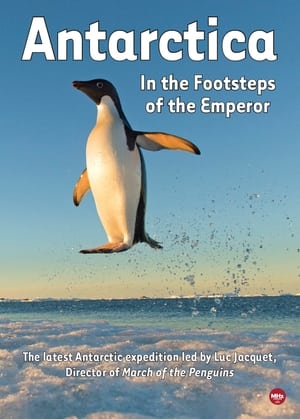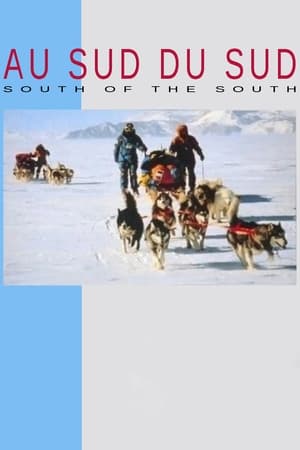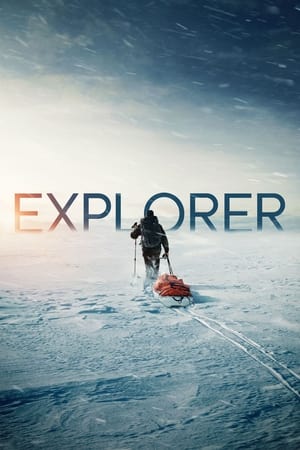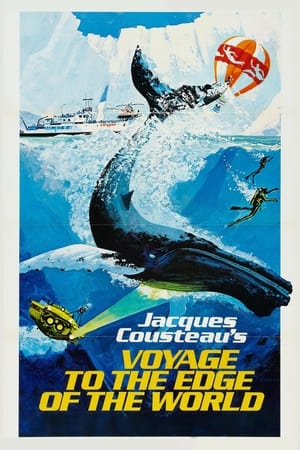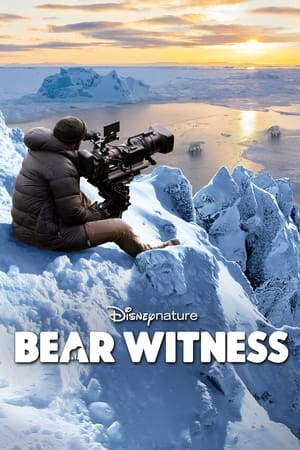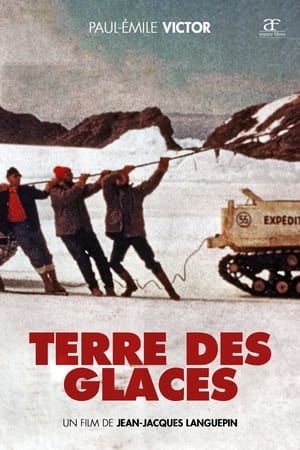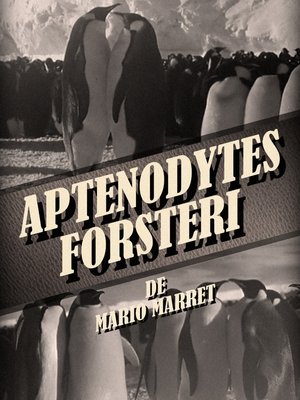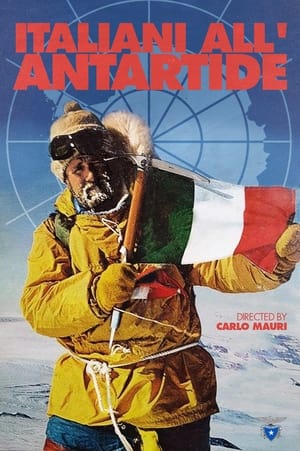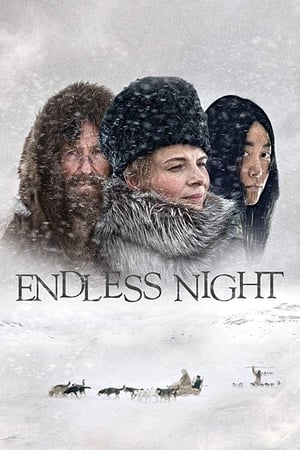Overview
An account of the first expedition to the Queen Maud Land region of Antarctica.
Reviews
Featuring a rather rousing score that well complemented the endeavour here, this short feature follows an international team as they travel from Europe to Norway's farthest-flung territory - Queen Maud Land. This barren chunk of Antarctica was to be their home for a winter in which they hoped to explore the mountainous regions and learn more about the weather. Firstly, though, they had to get there and that was done on a factory whaling ship before they transfer to a smaller, more nimble whaler, and thence to the land. This in itself was quite a feat of navigation as their powerful boat was frequently hemmed in by the unforgiving ice floes and bergs. Luckily, they had a sea-plane which could be used to help them find their way. Once on land, there was a fair chunk of manual labour involved in unloading 300-odd tons of supplies and constructing the timber framed buildings that were all that was going to shield them, and their huskies, from some blizzard conditions. It was made at a time when commercial whaling was commonplace, so be prepared for a sight or two (especially with two fin whales being used to stop the ships clashing) that might upset - but even those scenes never look gratuitous as necessity often had to prove the mother of their invention. They've a few tractors (called weasels) but otherwise this is very much devoid of technology and home comforts, and the film does convey something of the risk and exposure these men underwent on their quest.

 20 min
20 min
 7
7
 1951
1951
 US
US
 CinemaSerf wrote:
CinemaSerf wrote:
